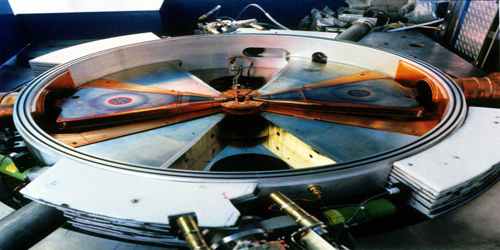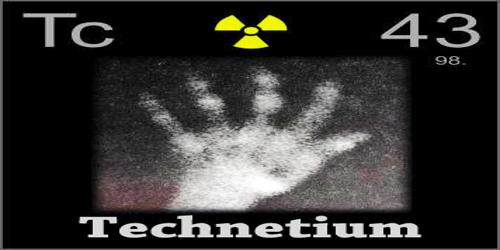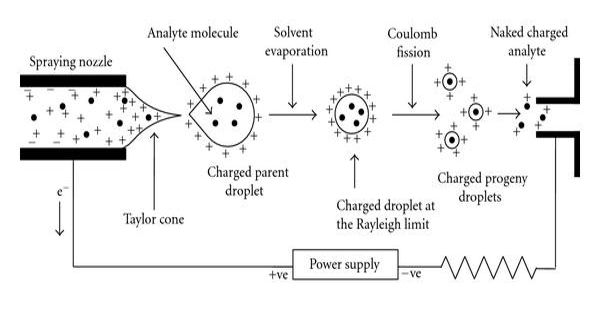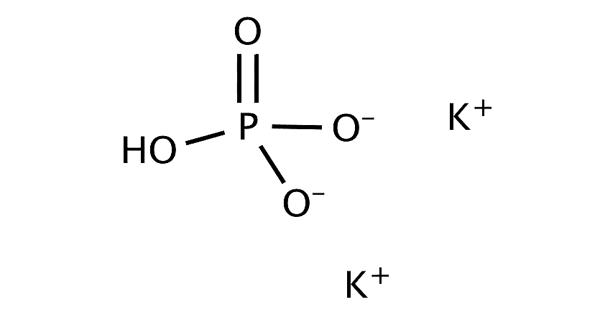Technetium
Definition
Technetium is a silvery-gray, radioactive metallic element. It was the first element to be artificially made, and it is produced naturally in extremely small amounts during the radioactive decay of uranium. Its atomic number 43; melting point 2,200°C; specific gravity 11.50; valence 0, 2, 4, 5, 6, 7. It is used to remove corrosion from steel. Naturally occurring technetium is a spontaneous fission product in uranium ore or the product of neutron capture in molybdenum ores. The chemical properties of this silvery gray, crystalline transition metal are intermediate between rhenium and manganese. Its longest-lived isotope is Tc 98 with a half-life of 4,200,000 years.

Technetium was discovered by Emilio Segrè in 1937 in Italy. He investigated molybdenum from California which had been exposed to high energy radiation and he found technetium to be present and separated it. Today, this element is extracted from spent nuclear fuel rods in tonne quantities.
In 1962, technetium-99 was isolated and identified in pitchblende from the Belgian Congo in extremely small quantities (about 0.2 ng/kg); there it originates as a spontaneous fission product of uranium-238. The Oklo natural nuclear fission reactor contains evidence that significant amounts of technetium-99 were produced and have since decayed into ruthenium-99.
Occurrences and Properties of Technetium
Technetium occurs naturally in small quantities in uranium ore. The isotope technetium-99 can be produced from waste products of uranium nuclear fuel. Technetium-99m can be produced by neutron activation of molybdenum-98 to form molybdenum-99, which has a half-life of 65.94 h and decays via beta emission to form technetium-99m. This element’s spectral signature has been detected in light.

There are 22 reported isotopes of technetium with mass number ranging from 90 to 111. All the isotopes of technetium are radioactive and not stable. The most stable isotope is 98Tc with a half-life of 4.2 million years.
The metal is produced in tonne quantities from the fission products of uranium nuclear fuel. It is obtained as a grey powder. Its elements can be classified based on their physical states (States of Matter) e.g. gas, solid or liquid. This element is a solid. Technetium is classified as a “Transition Metal” which are located in Groups 3 – 12 of the Periodic Table. Elements classified as Transition Metals are generally described as ductile, malleable, and able to conduct electricity and heat.
Technetium can catalyse the destruction of hydrazine by nitric acid, and this property is due to its multiplicity of valencies. This caused a problem in the separation of plutonium from uranium in nuclear fuel processing, where hydrazine is used as a protective reductant to keep plutonium in the trivalent rather than the more stable tetravalent state. The problem was exacerbated by the mutually-enhanced solvent extraction of technetium and zirconium at the previous stage, and required a process modification.
Applications of Technium
Technetium is a remarkable corrosion inhibitor for steel, and adding very small amounts can provide excellent protection. This use is limited to closed systems as technetium is radioactive.

The most useful isotope of technetium is technetium-99m as it has a short half-life and binds chemically to many biologically active molecules. These properties make it beneficial for several medical radioactive isotope tests. Technetium-99 is also recommended for use in optolectric nuclear batteries.
The radioactive nature of technetium (3 MBq/L at the concentrations required) makes this corrosion protection impractical in almost all situations. Nevertheless, corrosion protection by pertechnetate ions was proposed (but never adopted) for use in boiling water reactors.
Reference:















